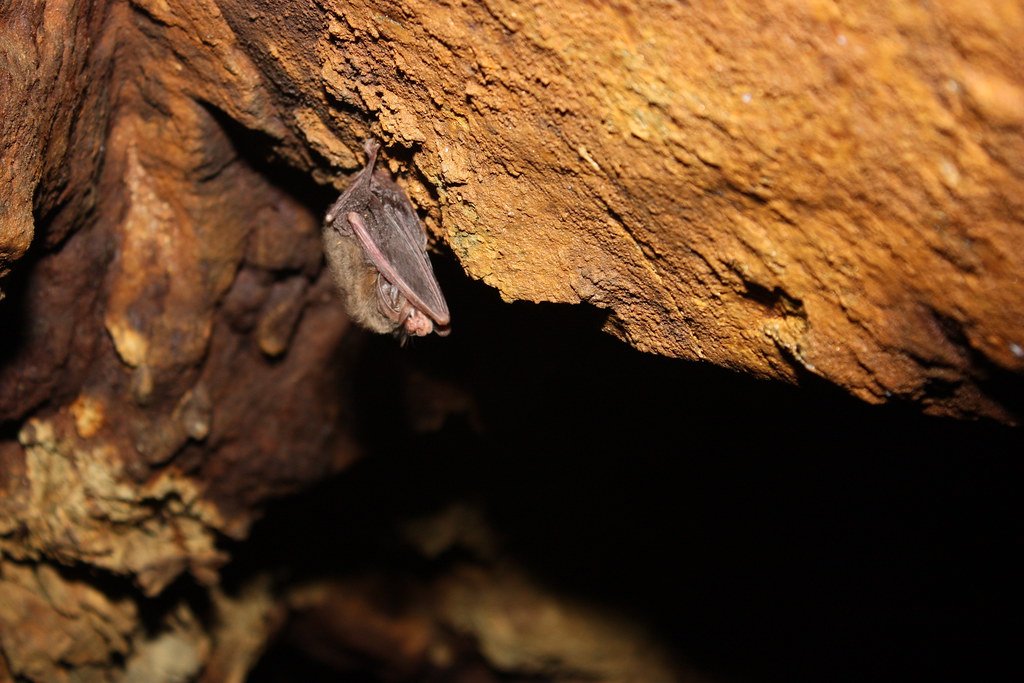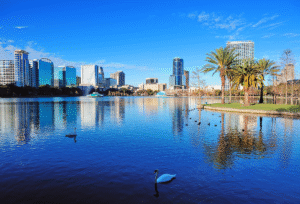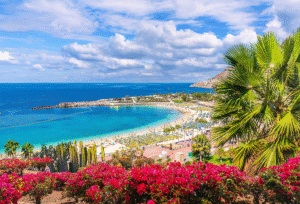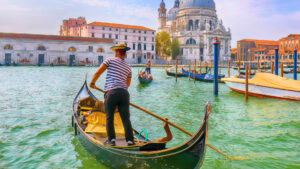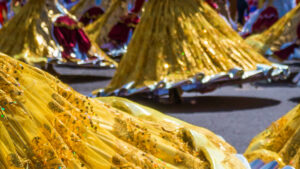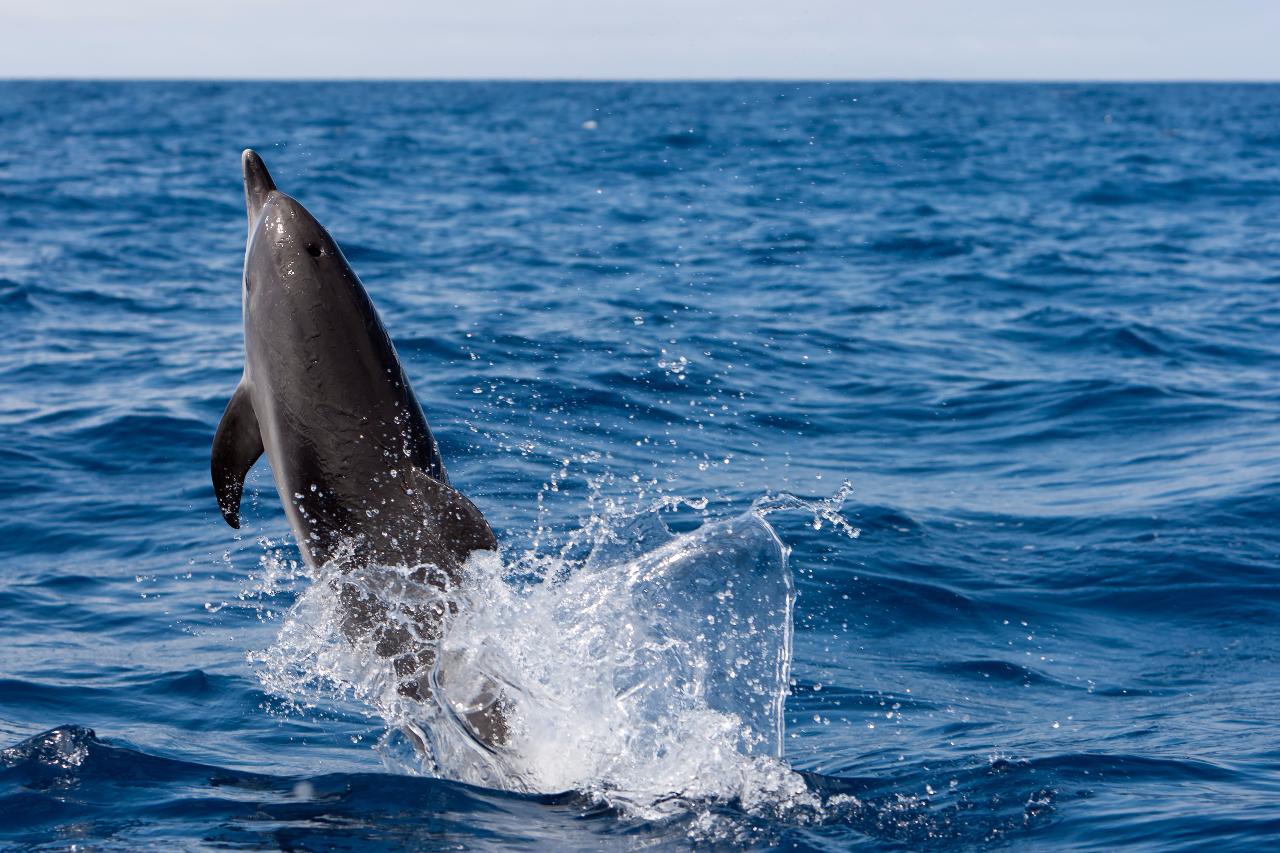
The Canary Islands are renowned for their bustling nightlife and sunny warm climes, but they’re also home to some crazy critters. The stretches of golden coast, dark caves, and lush, green vegetation make the Canaries an ideal spot for discovering weird and wonderful wildlife. Here are some of our favourites:
The Canary Bird
Birds make up the largest part of the islands’ wildlife family, with over 48 species including nesting birds. You will probably hear the canary bird before you see it and interestingly, only the males sing. Canaries were first bred in the 17th century through crossbreeding with other species so there are now many different varieties. The canary was named after the Canary Islands — not the other way round
The Canary Big-Eared Bat
The Canary Big-Eared Bat is endemic to the Canary Islands; the species is primarily found in woodland habitat. It mainly feeds on moths and roosts amongst disused buildings and caves. Unfortunately, it is in decline due to deforestation and building renovation which is destroying its natural habitat. Two breeding colonies exist now: one in La Palma and one in Tenerife.
The Caretta Turtle
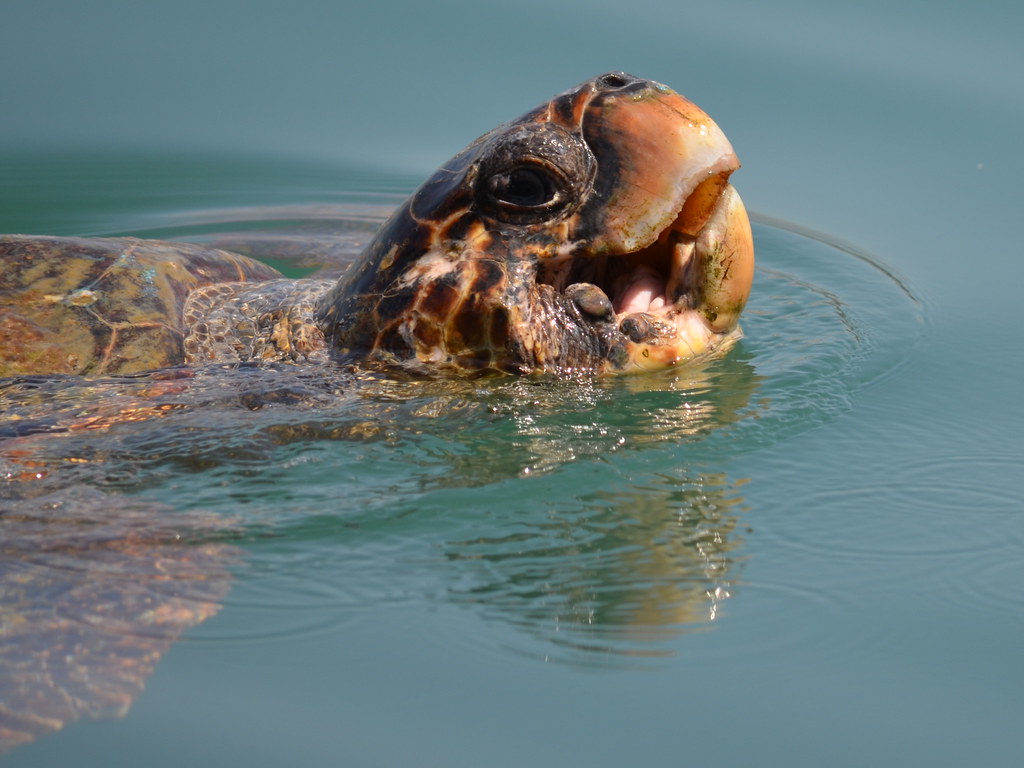 Also known as the ‘loggerhead turtle,’ the Caretta species is the most common turtle species in the Canaries, but it’s not often you’ll catch a glimpse of one. The best chance you’ll have of seeing these on your travels are when the females come onto the shore to lay their eggs. Unfortunately, they too are endangered due to an increase in fishing trawls and tourism. Young people from the Canary Islands have been carrying out an environmental programme, taking part in the care of the turtle nests located in the beach of Cofete in a bid to increase numbers in the wild.
Also known as the ‘loggerhead turtle,’ the Caretta species is the most common turtle species in the Canaries, but it’s not often you’ll catch a glimpse of one. The best chance you’ll have of seeing these on your travels are when the females come onto the shore to lay their eggs. Unfortunately, they too are endangered due to an increase in fishing trawls and tourism. Young people from the Canary Islands have been carrying out an environmental programme, taking part in the care of the turtle nests located in the beach of Cofete in a bid to increase numbers in the wild.
The Gecko
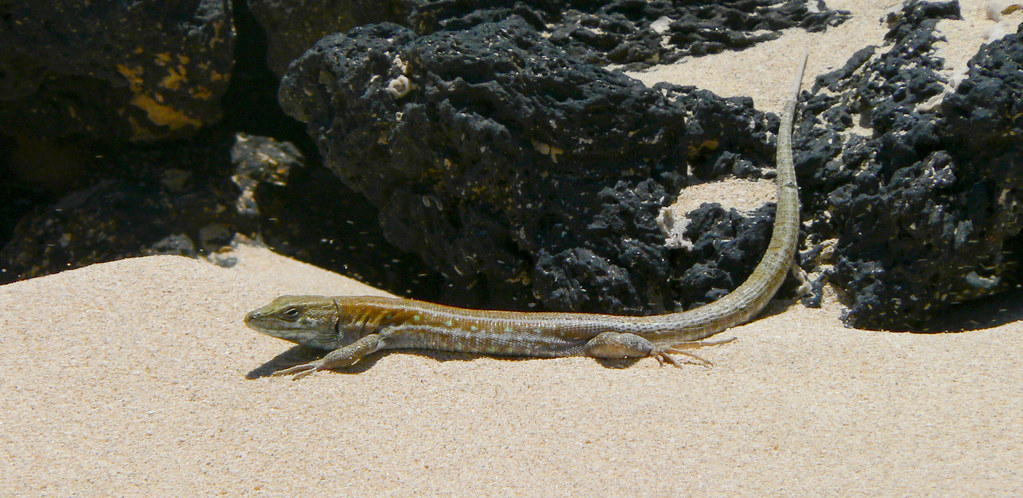
The East Canary gecko can be found in Fuerteventura and Lanzarote and is endemic to the islands. Its natural habitat comprises shrub land, rocky areas, plantations, marshes and along signature sandy dunes. It has suction pads all across its toes – handy for gripping on to slippery ground. The colour can vary but it usually is greyish brown for camouflage, and sometimes has a stripe along the spine.
Bottle-Nose Dolphin
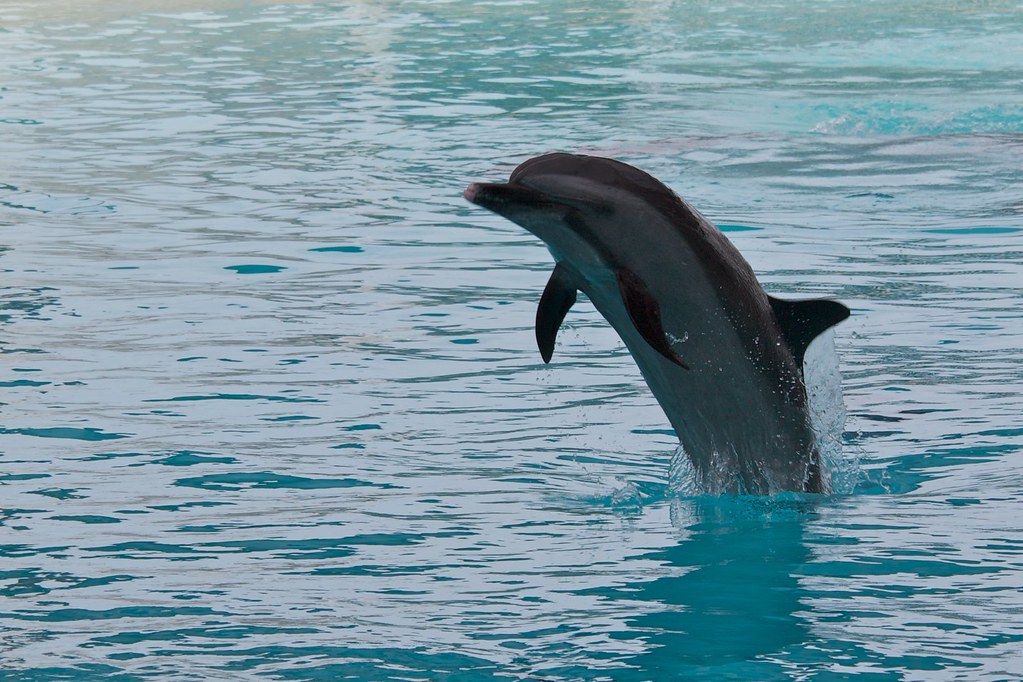
Thanks to the warm Atlantic Ocean, your Canary Island holiday will afford you the chance to spot some of the rarest aquatic animals. Make sure you book in a dolphin- and whale-watching trip — it’ll be a holiday highlight, without doubt. If you’re lucky, you might see common dolphins, bottle nose dolphins and whales. You’ll hear them as they communicate using sound as well as through body language which is why they jump out of the sea and into the air — quite a sight to behold!
You may also like
Canary Islands
